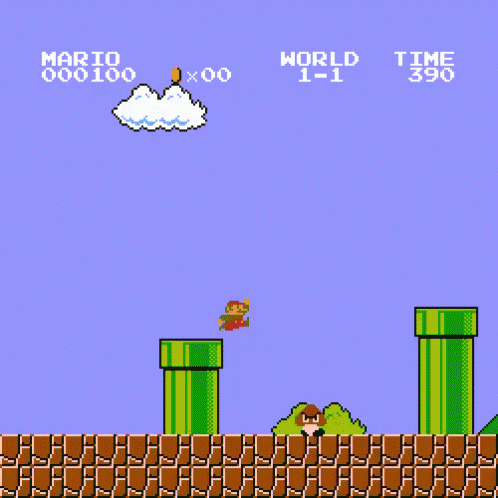Every time From Software publishes a new Souls game, there is inevitably a discussion on difficulty in gaming and how creating more accessible modes of play could improve or harm the intended experience of a game. This discussion is inevitably plagued by calls of “Get good” from a specific crowd of players. While clearly unhelpful, this cry is actually actively harmful to the discussion.
Even for those whose enjoyment does fit into the skilled vs unskilled framework, the “Get good” argument can be a source of suffering. The phrase assumes an absolutely equal playing field which isn’t always true. Those who want to enjoy the difficulty of a game but suffer from disabilities may find themselves unable to engage with a game which is not built with them in mind. The idea of skill that this argument is based on requires one to assume that every player is equally enabled to play the game in the same way. This is strictly false.
The closest thing one could derive to an argument against accessibility from the “Get good” mindset is the idea that games are art, and by forcing the developers to include modes which aren’t part of the intended way of playing, they are actively decreasing the quality of the experience. But even this crumbles under examination. This relies on an artificial separation of the act of consuming art and the means to consume art. For any other medium this wouldn't make sense: You wouldn’t tell colorblind people they couldn't see a painting because they wouldn't fully enjoy it the way the creator intended. That would be arbitrarily cutting people out of enjoyment because they can't enjoy something in the same way you do. Because games require player input to function, they have a much stronger link between means and consumption than many other art forms. And because of this, refusing accessibility options can be just as good as closing an art gallery to those who don't see art in the same way as you. It completely shuts people out of the experience, rather than allowing them to experience in their own ways.
In “The Toxic Meritocracy of Video Games : Why Gaming Culture Is the Worst”, Christopher Paul brings up the idea that the symbols and rhetoric associated with subcultures can frame debates towards specific channels and outcomes. His writing focuses on the ideas of meritocracy and its intersection with gaming, and “Get good” is probably one of the clearest examples of the form of rhetoric he discusses. The phrase acts as a type of thought terminating cliché, and those who attempt to engage beyond the cliché end up forced to engage on the terms of skill first, leaving any other routes of discussion sidelined.
So far, this has focused for the most part on single player experiences, where one player’s enjoyment of a game has absolutely no bearing on another's. In this context, there are a number of ways in which developers could make games more accessible without hurting the quality of the experience for existing players. Unfortunately, single player experiences are not the only place where “Get good” is employed.
In competitive multiplayer environments, “Get good” is often used to taunt inexperienced or losing players. It carries with it all of the ableism and poor analysis of its single player usages, but with an additional element. Because it is being used as a taunt, this means the game allows communication between players. Games like this allow players to share ideas and help teach each other in far more direct ways than single player experiences, and as a result, when a phrase like “Get good” is used in this context, it takes up space that could have been a moment of teaching or community building. Telling a player why they lost is infinitely more helpful than snarkily informing them that they weren’t “good enough to win” and gives usable information to the losing player that they can then use to potentially win more if that is their goal, or discard without any negative feelings if they are playing the game for other reasons. “Get good” robs the player of both of those potential options, instead substituting them with both a void of information and a directed insult.
There is a bit of poetry to the story of “Get good”. The story of Dark Souls is largely one of a meritocracy unfulfilled. The repeated journeys to rekindle the flame to perpetuate the same broken system over and over as the fires become weaker and weaker. Each of the unkindled works thanklessly to attempt to link the fires, honing skill towards defeating the lords of cinder over and over, just so the Age of Fire’s decaying corpse can last just a little bit longer. Hopefully, the toxic, skill centric view of gaming will eventually go the way of the Age of Fire and make room for a more inclusive discussion on games.
Paul, Christopher A.. The Toxic Meritocracy of Video Games : Why Gaming Culture Is the Worst, University of
Minnesota Press, 2018. ProQuest Ebook Central, http://ebookcentral.proquest.com/lib/wisc/detail.action?docID=5330038.
Created from wisc on 2021-09-01 19:41:45.






